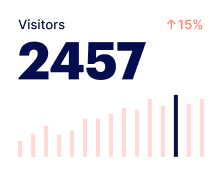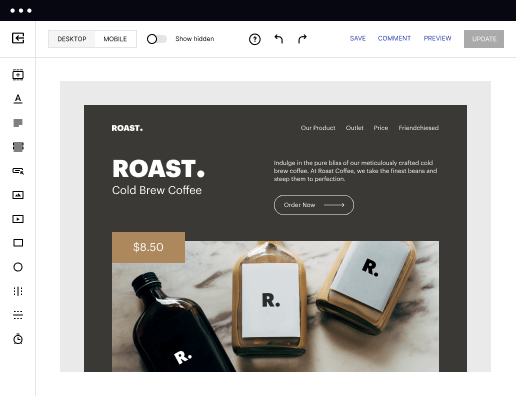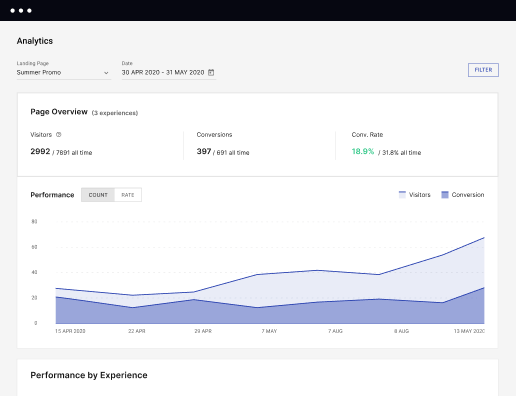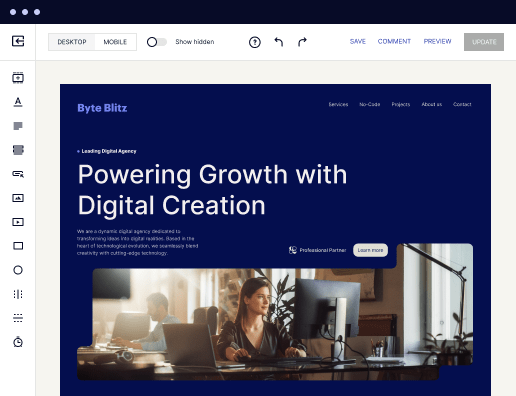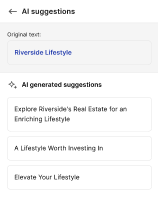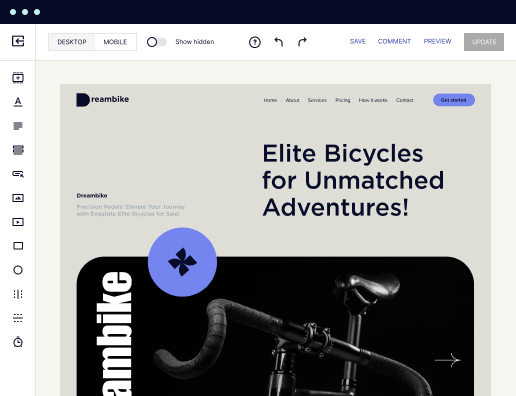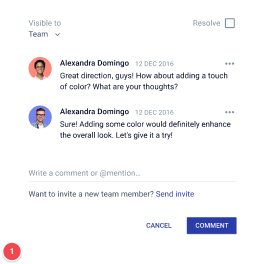Make a high-performance user dashboard page optimized for SeaMonkey
Utilize Instapage to reduce costs, enhance conversions, and deliver tailored experiences in SeaMonkey.
How to effectively build your user dashboard page in SeaMonkey using Instapage
Creating a user dashboard page in SeaMonkey can significantly enhance your marketing efforts. With Instapage, you can quickly build a dashboard that not only looks great but also converts visitors into loyal customers. Leveraging Instapage's capabilities, such as customizable templates and optimization tools, will help you deliver pertinent landing page experiences tailored to your audience's needs.
Understanding the structure of your dashboard
Before diving into the creation process, it’s essential to plan the structure of your dashboard. A well-organized layout improves user interaction and satisfaction. Consider the following key elements:
- Navigation: A clear and accessible menu helps users to find information swiftly.
- Widgets: Use relevant widgets to display essential data and analytics, making the page functional.
- Aesthetic: Employ consistent branding elements to enhance your brand's recognition.
Step 1: Utilize Instapage templates
Start by selecting one of Instapage's 100+ conversion-focused templates. These templates are designed to facilitate quick edits without requiring coding skills. Customize them according to your dashboard requirements, ensuring a seamless user experience. Here are some options to consider:
- Blank template: Perfect for complete customization based on your specifications.
- Data presentation templates: Ideal for showcasing analytics and KPIs effectively.
- Dynamic templates: Best suited for personalized experiences targeting specific user segments.
Step 2: Optimize for performance
After setting up your initial design, use Instapage’s built-in optimization tools to enhance performance. Conducting A/B testing and analyzing heatmaps helps you gain insights into user behavior, allowing for necessary adjustments.
- A/B Testing: Experiment with different layouts or content to see what resonates best with your audience.
- Heatmaps: Analyze which areas of your dashboard attract the most interaction, guiding future design changes.
- Analytics dashboard: Regularly review the analytics to measure performance and adapt strategies.
Step 3: Personalize the user experience
To truly connect with your audience, employ Instapage’s dynamic text replacement and AdMaps features. This personalization ensures each visitor receives content tailored to their needs, ultimately driving higher conversions. Consider implementing these strategies:
- Dynamic text: Automatically adjust page text to align with the visitor’s interests or previous interactions.
- Ad coherence: Match specific ads with the related content on your dashboard to streamline the user journey.
- Custom metrics: Track performance at the audience level to refine and enhance personalized strategies.
By following these steps, you can build a user dashboard page in SeaMonkey that drives engagement and conversions.
Ready to enhance your marketing strategy with customized landing pages? Get started with Instapage today and transform how users interact with your content!
Get more out of Build your user dashboard page in SeaMonkey
Improve your Quality Score with quick load technology for landing pages
Increase conversions with content that aligns with your ads and audiences
Achieve maximum ROI by scaling your marketing initiatives
Leading the way in building high-performing landing pages





FAQs
See how to build your user dashboard page in seamonkey in action
Ready to skyrocket conversions?
Supercharge your ad campaigns with high-performing landing pages.
Get started
